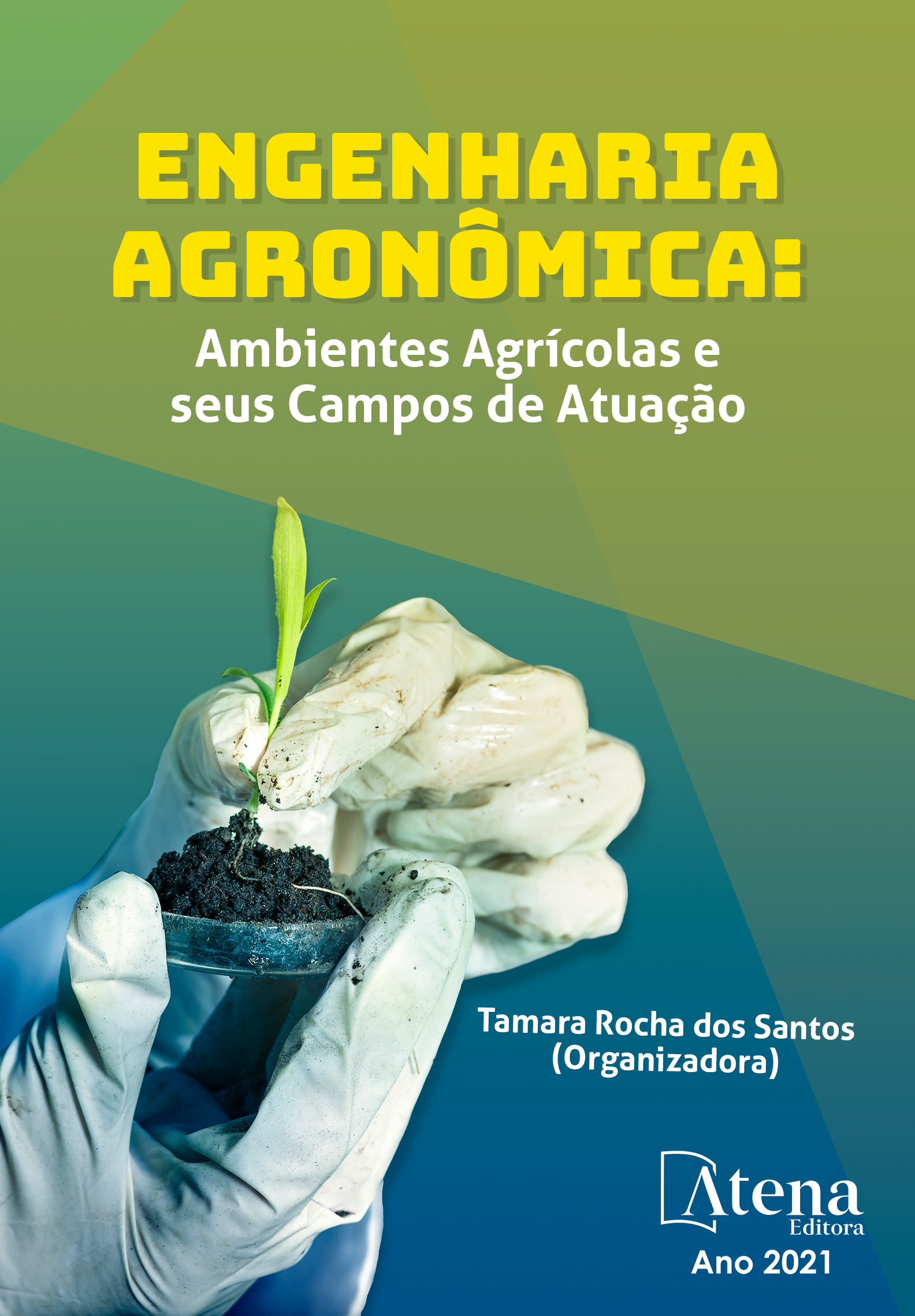
IMPORTÂNCIA DO CARÁ-DE- ESPINHO (DIOSCOREA CHONDROCARPA GRISEB - DIOSCOREACEAE) NO CONTEXTO SEGURANÇA ALIMENTAR PARA OS POVOS DA AMAZÔNIA
Agravado pela COVID 19, a subnutrição no planeta pode ultrapassar de 800 milhões de pessoas em 2021. Embora a produção de alimentos no planeta seja suficiente para abastecer toda a humanidade, nem todos tem acesso a eles, sendo uma das causas à falta de renda. Assim, faz-se necessário identificar novas espécies com potencial para o fornecimento de alimento com baixo custo da produção e menor impacto ambiental que possa contribuir para a redução da subnutrição nas áreas de maior vulnerabilidade social. Algumas estruturas subterrâneas (mandioca, batata doce, inhame, cará) têm sido boas fontes de fornecimento de alimentos nessas áreas. O objetivo deste trabalho foi mostrar a importância do cará-de-espinho para a soberania alimentar dos povos da Amazônia. Para isso, fez-se revisão dos trabalhos publicados e não publicados sobre o cará-de-espinho, que tem sido estudado desde 2010 no IFAM-CMZL, os dados obtidos indicam resultados promissores, apresentando alta produtividade (200 a 300 t/ha/18 meses), alto rendimento de partes comestíveis (até 90%), produção com pouco impacto ambiental, baixo custo de implantação do plantio, praticamente sem problemas fitossanitários e, quando da produção da “massa universal”, é matéria prima para a elaboração de pratos culinários de alta aceitação. Por conta disso, sintetizaram-se as descrições das características agronômicas, que possam contribuir para a elaboração de coeficiente técnico, numa tabela denominada de primeira proposta de coeficientes técnicos para o cultivo econômico de cará-de-espinho na Amazônia.
IMPORTÂNCIA DO CARÁ-DE- ESPINHO (DIOSCOREA CHONDROCARPA GRISEB - DIOSCOREACEAE) NO CONTEXTO SEGURANÇA ALIMENTAR PARA OS POVOS DA AMAZÔNIA
-
DOI: 10.22533/at.ed.4422106054
-
Palavras-chave: cará gigante, tubérculo, rizóforo, cultivos negligenciados, subnutrição
-
Keywords: Aggravated by COVID 19, malnutrition on the planet could exceed 800 million people in 2021. Although food production on the planet is sufficient to supply all of humanity, not everyone has access to it, being one of the causes of the lack of income. Thus, it is necessary to identify new species with the potential to provide food with low production costs and less environmental impact that can contribute to the reduction of malnutrition in areas of greatest social vulnerability. Some underground structures (cassava, sweet potatoes, yams (cará), yams (inhame)) have been good sources of food supply in these areas. The objective of this work was to show the importance of the dunguey character for the food sovereignty of the peoples of the Amazon. To this end, a review of published and unpublished works on dunguey, which has been studied since 2010 at IFAM-CMZL, the data obtained indicates promising results, with high productivity (200 to 300 t/ha/18 months), high yield of edible parts (up to 90%), production with little environmental impact, low cost of planting, practically without phytosanitary problems and, when producing the “universal mass”, it is raw material for the elaboration of highly accepted culinary dishes. Because of this, the descriptions of agronomic characteristics, which may contribute to the elaboration of technical coefficients, were synthesized in a table called the first proposal for technical coefficients for the economic cultivation of dunguey in the Amazon.
-
Abstract:
Aggravated by COVID 19, malnutrition on the planet could exceed 800 million people in 2021. Although food production on the planet is sufficient to supply all of humanity, not everyone has access to it, being one of the causes of the lack of income. Thus, it is necessary to identify new species with the potential to provide food with low production costs and less environmental impact that can contribute to the reduction of malnutrition in areas of greatest social vulnerability. Some underground structures (cassava, sweet potatoes, yams (cará), yams (inhame)) have been good sources of food supply in these areas. The objective of this work was to show the importance of the dunguey character for the food sovereignty of the peoples of the Amazon. To this end, a review of published and unpublished works on dunguey, which has been studied since 2010 at IFAM-CMZL, the data obtained indicates promising results, with high productivity (200 to 300 t/ha/18 months), high yield of edible parts (up to 90%), production with little environmental impact, low cost of planting, practically without phytosanitary problems and, when producing the “universal mass”, it is raw material for the elaboration of highly accepted culinary dishes. Because of this, the descriptions of agronomic characteristics, which may contribute to the elaboration of technical coefficients, were synthesized in a table called the first proposal for technical coefficients for the economic cultivation of dunguey in the Amazon.
-
Número de páginas: 22
- Sonia Sena Alfaia
- Luiz Antonio de Oliveira
- Robert Corrêa Rodrigues
- Eleano Rodrigues da Silva


